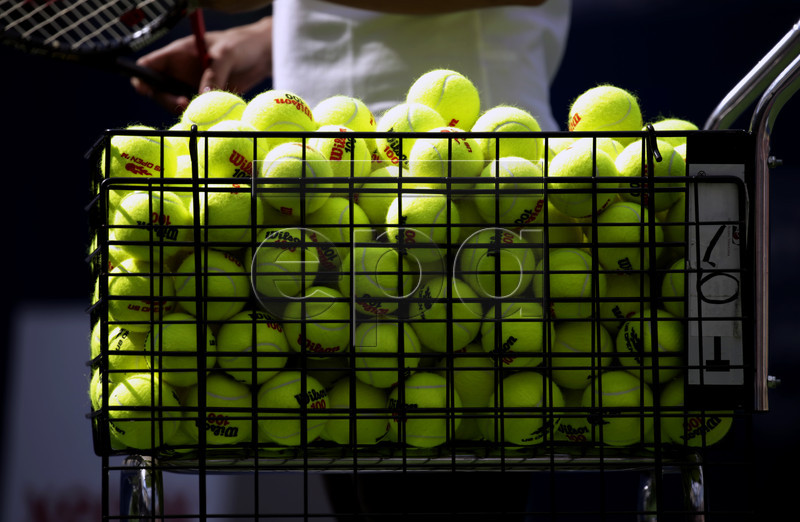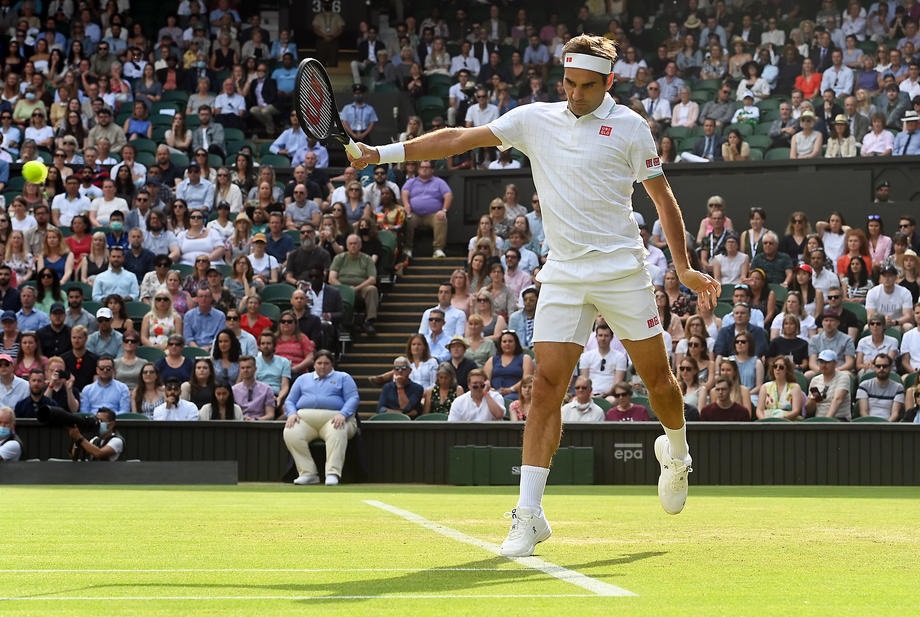- Australian Open Draws and Order Of Play for Thursday, January 23, 2025
- Ricky’s pick for the Australian Open quarterfinal between Sinner and De Minaur
- Australian Open Draws and Order Of Play for Wednesday, January 22, 2025
- Goran Ivanisevic Is No Longer Coaching Elena Rybakina
- Ricky’s pick for the Australian Open quarterfinal between Alcaraz and Djokovic
- Australian Open Draws and Order Of Play for Tuesday, January 21, 2025
- Tennis Report From Australian Open: Novak Making A Run by Alix Ramsay
- Australian Open Draws and Order Of Play for Monday, January 20, 2025
- Five-set frenzy continues in third round of Australian Open
- Australian Open Draws and Order Of Play for Sunday, January 19, 2025
- Pam Shriver’s Car Containing Grand Slam Trophies Stolen in California
- FREE GIFT WITH PURCHASE Of Incrediwear Supports
- Australian Open Tennis 2025 by Alix Ramsay
- Ricky’s picks for Day 6 of the Australian Open, including Djokovic vs. Machac
- Australian Open Draws and Order Of Play for Friday, January 17, 2025
10sBalls Shares Craig Cignarelli’s Look Ahead To Tennis 2018 On The ATP • WTA Tours
- Updated: December 28, 2017

In 2008, I was sitting at the BNP Paribas in Indian Wells and the gentleman beside me whispered something about statistics. For the past two decades, he’d worked for several national governments, performing economic modeling and then spitting out enough data to give their budgetary bean counters the shrieking fantods. “Eventually,” he said, “all sports will go the way of analytics. There’s just no way around useful information.”
It is now 2018 and movies like Moneyball, companies like IBM and websites like braingametennis.com have begun to have an impact at the professional sporting level. Whereas past years have seen additions of physios and sports psychologists to tennis players’ traveling teams, 2018 may herald the coming of the strategic analyst. Novak has hired Craig O’Shannessy to help him navigate the Nadal and Federer tempests. The USTA now looks to Golden Set analytics to help its players’ cause. For the first time, tennis aficionados are jettisoning terms like patterns and tactics and choosing phrases like software algorithms and computational models to prepare their game plans.
Perhaps this is how artificial intelligence makes its real foray into our sport. Certainly, Cyclops and Hawkeye were the first movers, but with these new computerized systems, we’re breaching new territory. When Roger once tossed a ball skyward and decided to go down the T on the ad- side because he felt Novak camping on the backhand, it was instinct, a feel for the match, the opponent, the previously played chess moves discovered over years of training, which suggested his tactics. Today, he’ll strike that same ball toss down-the-T because Novak returns shorter 42% of the time with his forehand wing or because his backhand return is one percentage point higher than his forehand wing – the data said so.
In a sport which disavows coaching at the elite level, players now have a way to get a priori information and to utilize that data as they move throughout a match. Ultimately, it is the players’ skills, competitive mentality, and a million other unsexy things which lead to victory. However, if those who use the data begin to dominate the sport, we’ll see a whole new category of person in the tennis stands. He or she will be wearing coke-bottle glasses and sitting with a laptop and calloused fingers, feeding information to the world’s best coaches.
The pod bay doors are now open.






